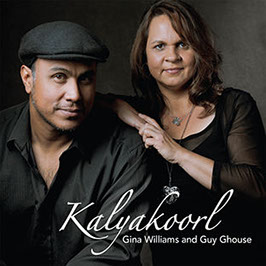In topic 9, we talk about Aboriginal languages in education and when researching the importance of not only teaching these languages but also teaching in them to indigenous children, I wanted to learn more about the way in which the loss of indigenous languages over the centuries has affected the newer generation of aboriginal children. Since the British invaded the Aboriginal land, the once abundant range of aboriginal language has slowly been disappearing as newer aboriginal generations are learning English as their primary language and most unable to speak their native language at all.
I came across a video that addresses the impact the loss of indigenous languages has had on aboriginal peoples identity. Language is the foundation of someone’s culture and without knowing your native language it can be extremely difficult to understand your cultural background and identity. This video made me think about how much of who we are comes from our family and cultural background and without the connection if language much of the understanding aboriginal children have for their identity is lost.
Although many communities are pushing for aboriginal children to learn in their native language, it is hard for these communities to know if their efforts are maintaining the results needed to keep many languages alive. In saying that, the effects that learning the native languages have had on children within these programs has been positive all around. Children are starting to understand the history of their communities and are gaining a deeper sense of identity. The elders are able to see their culture and history brought back to life through their grandchildren alike.
Schools such as Moss Vale high school have integrated the local community culture and language into the school’s education system through a program called ‘Our Ways’, rather than bringing it in as a second language subject. A problem with being able to replicate Moss Vale high school’s approach is the need for local and expert teachers in order to successfully integrate the language and culture into the school. Although, as long as schools are open and willing, then this approach is completely doable and effective.
Both these videos gave me greater insight into the impact of aboriginal education and the ways in which schools can implement the local languages into their curriculum and environment.
Rebecca Streatfield, LING366, 18/06/18





